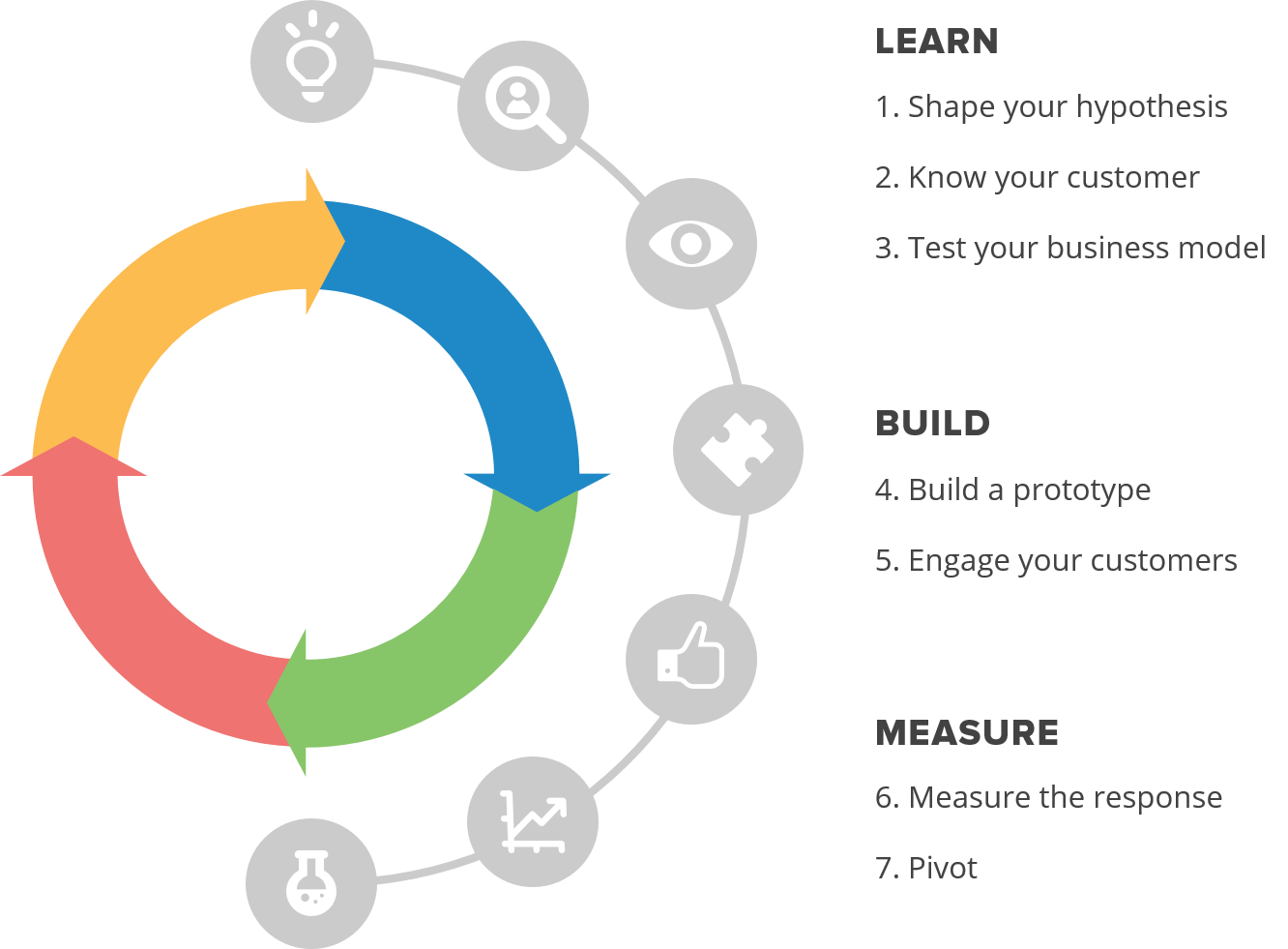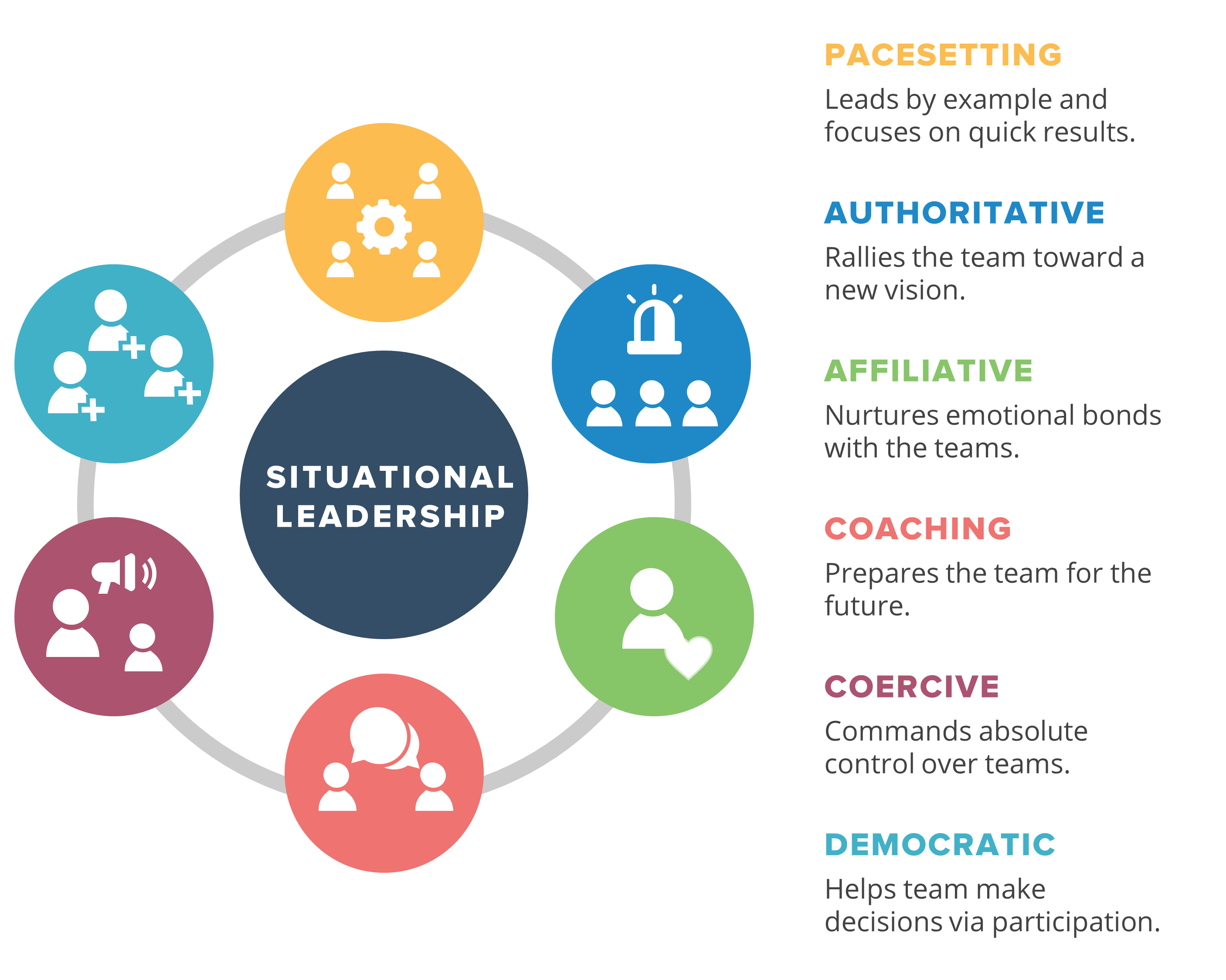Key Takeaways from Agile Business Summit: Small Business Agile Transformation
I recently attended the Business Agility Conference. It brings together practitioners of business agility to share their experiences and discuss the innovative ways their organizations have explored agile business transformation strategies.
But, what is agile business transformation?
Agile business transformation is the assumption that organizations with an agile mindset will drive more value and outperform competition in an increasingly uncertain and complex (VUCA) environment. Here, agile is much more than a project management framework. It’s a complete overhaul—rethinking and redesigning organizational structures, HR processes, marketing strategies and leadership models according to agile principles.
By default, small businesses are geared for agile as they have small teams that can easily adapt to change. And all that small businesses want is growth; in a Gartner survey of small and midsize businesses (SMBs), 61 percent of small businesses said that their top business goal is to grow revenue.
Keeping this in mind, small businesses have a great opportunity to leverage agile business strategies to survive the changing market conditions and increase revenue. Those that don’t do it will lose out to their competition and, eventually, witness business failure.
In this report, I will summarize three key takeaways from the Business Agility Summit that you can use at your small businesses.
Here’s what we’ll cover:
Design Thinking and Lean Startup Mindset Drive Organizational Growth
Business-Focused Teams Successfully Eliminate Silos
Agile Transformation Requires Situational Leadership
Design Thinking and Lean Startup Mindset Drive Organizational Growth
Tze Chin Tang, head of agile delivery at SeekAsia, shared how his organization used Gartner’s design thinking, lean startup and agile model (content available to Gartner clients) to understand the key challenges his employees faced at work.

Image from Gartner’s “Enterprise Architects Combine Design Thinking, Lean Startup and Agile to Drive Digital Innovation” report (content available to Gartner clients)
Tze’s organization lacked a clear product direction and goal. Realizing that creating a great product meant building a great organization, he looked for ways to introduce positive organizational change.
To achieve this, he followed the Gartner model of product development for agile businesses. The model focuses on creating customer-focused product designs, testing out new ideas and quickly scaling on what’s working.
He used the model to create an employee-focused organization. Here are the steps he took, some of which may benefit your business too:
Identify the business model: Figure out the kind of talent your organization needs and what you are doing to retain them.
Understand employee pain points: Interview employees on their needs and behaviors to create employee personas.
Formulate a hypothesis: Build a hypothesis around the top challenges that prevent employees from achieving their potential.
Create a learning and development ecosystem: Offer training programs via an on-demand learning marketplace and communities to improve specific employee skills.
How to Apply This at Your Small Business
Using design thinking and lean project management principles, such as those used by Tze, small businesses can improve their employee satisfaction scores and retention levels. They can also use tools to improve various processes. Here are two such tools:
Employee pulse surveys: Small businesses need teams that are highly motivated and engaged in their work. With employee pulse survey tools, they can send out short surveys—every day or week—to understand employee morale and engagement.
[Talent management software](https://www.softwareadvice.com/hr/talent-management-software-comparison/): These solutions handle hiring from tracking applicants and new hire onboarding to performance management. Small businesses looking for a solution to manage employee acquisition, retention and development should invest in such a tool.
Key takeaway: Use the agile principles of gathering regular feedback and making continuous process refinements to improve the success rate of your employee engagement initiatives and training programs.
Business-Focused Teams Successfully Eliminate Silos
Anuj Pruthi, director of technology at [](>Target, shared the concept of Dojo, which is his organization’s unique effort to create an immersive learning environment. It’s an exercise in innovation that brings different teams together to collaboratively find solutions that will deliver value to the business and its customers.
(>Target, shared the concept of Dojo, which is his organization’s unique effort to create an immersive learning environment. It’s an exercise in innovation that brings different teams together to collaboratively find solutions that will deliver value to the business and its customers.
With more than 350,000 team members spread globally, Target faced challenges typical of large organizations. These included complex processes, legacy technology and risk avoidance. In addition, teams were working from project-to-project rather than espousing a holistic business-focused mindset.
This is when Target adopted Dojo to transform from an enterprise with a legacy mindset—where different teams work on separate projects—to a cohesive organization with an agile mindset focused on improving customers’ product experience and collectively resolving organizational challenges.
Here’s how Target started and expanded Dojo:
Create grassroots communities: Start an innovation group consisting of a few employees who transform the old ways of working within their own teams. Such groups become examples of a new mindset that other teams can emulate.
Encourage collective problem-solving: Select members from different teams with the right skill sets to come together for a specific period (one week to 30 days) and collectively resolve challenges. This can eliminate organizational silos and encourage knowledge transfer among employees.
Get leadership support: Once different teams have participated in the collaborative problem-solving events, seek leadership buy-in to adopt a greater number of advanced agile and lean ways of working.
How to Apply This at Your Small Business
In general, teams in a small business environment are cohesive units. However, it doesn’t mean that employees don’t face issues while collaborating with each other. For instance, if you have employees working from different locations, then you need online collaboration tools. Here are some tools that can boost employee productivity:
Collaboration tools: Using real-time chat, video conferencing and online workplaces, dispersed teams can quickly communicate, share screens and connect with each other.
Document management tools: These tools come with features, such as file repositories, real-time document editing and version history, which are essential for managing project documents.
Kanban software: Teams that need a simple tool to improve the visibility of team performance and project progress can use kanban software.
Key takeaway: Agile organizations need employees with collaborative-mindsets. However, not every employee or team desires collaboration. To overcome this, start small by making examples of a few “early adopter” groups and use tools that foster collaboration.
Agile Transformation Requires Situational Leadership
Nivarti Jayaram, senior program manager at Societe Generale, shared the leadership style that his organization espoused as it underwent agile transformation. The company began by creating a “situational leadership canvas” based on the six types of leadership styles defined by author Daniel Goleman in his Harvard Business Review article.

Six types of leadership styles as defined by Daniel Goleman (Source: HBR.org)
These six leadership styles aren’t mutually exclusive. Successful organizations mix and match different styles based on their specific needs. A democratic leader is great for building team ownership but in a crisis, collective decision-making can create confusion. Such situations require a coercive leader who can steer employees into compliance.
Understanding this concept, Jayaram chose selectively from the six leadership styles to create their unique situational leadership canvas. As a result, the canvas defined not only the chief traits, expectations from and the motivation of his organization’s leaders but also what they should stay away from.
Here is a quick summary of what constituted his company’s leadership style:
Chief traits | Top expectations | Primary motivation | Stays away from |
• Trusts his team to achieve the desired results • Helps the team understand the vision and requirements • Needs to clearly understand what’s being done and why | • Delivers quality outcomes • Improves client satisfaction • Boosts team productivity • Increases employee engagement | • Become better leaders and help the team realize their full potential | • Giving ownership to the team • Decentralizing the decision-making process • Being dispensable |
How to Apply This at Your Small Business
Small businesses need quick decision-making. This is possible when leaders empower their teams to take important decisions while also ensuring that projects don’t fail due to a “too many cooks in the kitchen” scenario.
Below are three things that leaders should keep in mind:
Create a decision rights matrix: This is a decision-making template that helps small business managers understand which employees should be decision owners.
Understand differences in agile roles: Businesses practicing agile need to clearly define roles, such as product owners versus product managers, to ensure that there are no conflicts in decision making.
[Explore new project manager roles](https://www.softwareadvice.com/resources/what-is-an-agile-project-manager/): You should also understand whether your current project manager roles are sufficient for managing agile projects.
Key takeaway: Strong agile leaders are quick to adapt to situations and can change their style based on the organization’s specific needs.
Conclusion and Next Steps
Most large enterprises have their hands full trying to survive in a VUCA world. They are constantly pursuing innovative strategies that will deliver incremental value in the short-run and substantial business growth in the long run.
The mindset of making incremental changes is known as agile business transformation strategies.
While adopting agile practices is easy in a small business, fact remains that we live in an age of technological disruptions and rapidly changing market conditions. Coupled with stiff competition and limited resources, small businesses can’t take business agility for granted and should constantly nurture an agile organizational mindset.
To help you understand and implement agile frameworks, concepts and tools, we’ve created a number of reports. Here’s how you can:
Understand agile concepts:
Leverage agile tools:
*Information on Gartner’s survey on technology trends:
Gartner conducted this survey in April and May 2017 among 699 U.S.-based SMBs with more than 10 employees and annual revenue of less than $100 million. The survey excluded nonprofit organizations. The qualified respondents are decision-makers or have significant influence on the decisions related to purchasing technologies for their organization.